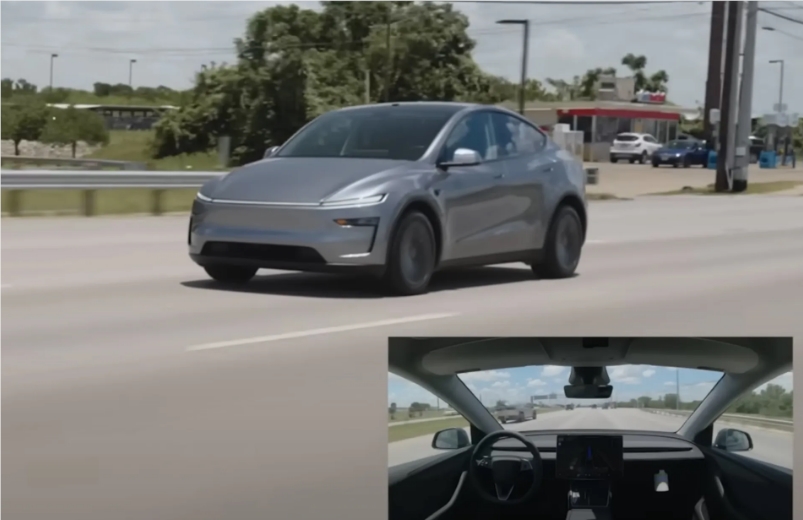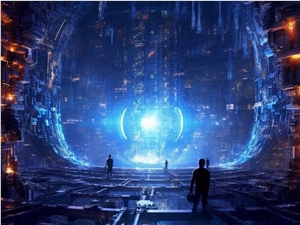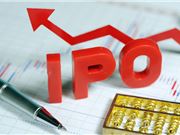Just days after launching a limited autonomous taxi service in Austin, Tesla once again showcased the latest advancements in its autonomous driving software. A Model Y SUV completed a 15-mile journey from the Tesla factory to a new owner's apartment building without any human intervention, which CEO Elon Musk called the first "autonomous delivery" of a customer vehicle.
The Model Y is said to have been equipped with the same software as the autonomous taxi in Austin, but it was downgraded to the commercially available full self-driving (supervised) software at delivery, which requires the driver to remain attentive and ready to take over at any time. Musk claimed that there were no people in the vehicle during the delivery and no remote assistance was used.

The timing of this autonomous delivery coincides with Tesla's upcoming release of second-quarter delivery data and financial results. Previously, Tesla experienced a sales decline in 2024, and Musk's involvement in the Trump administration incident also damaged the company's image, so these data are expected to be a tough test. After Musk first released the information about this drive, Tesla's stock surged, although it later declined.
The 30-minute trip (Tesla also released a 3.5-minute accelerated version video) traversed complex traffic conditions in southern Austin, including highway lane changes, right turns on red lights, passing through small roundabouts, and unprotected left turns. These are highly challenging scenarios for autonomous vehicles that only began developing a few years ago, so it is impressive to see the vehicle complete all driving tasks in real-world traffic without any issues.
Although Tesla's achievement is astonishing, other companies in the industry have also made progress in autonomous driving. Waymo's vehicles have been testing on highways in Los Angeles, Phoenix, and San Francisco, while Zoox conducted a 45-mph无人驾驶 test in Las Vegas in January this year, covering mixed road and alley environments.
However, Tesla's drive video has also raised a series of questions. One of the most discussed issues is what preparations Tesla made for the car before it left the factory. This question arose from a "self-driving" video released by Tesla in 2016, which was later revealed to have been the result of multiple pre-mapped routes and attempts, and required a safety operator to intervene. Tesla engineer Ashok Elluswamy testified in 2022 that the video was intended to demonstrate "features that could be integrated into the system," not features available to customers at the time. Musk himself was deeply involved in the production of the video.
In addition, since it was previously discovered that Tesla vehicles conducting limited autonomous taxi trials in southern Austin used lidar and other external sensors, some speculate whether these vehicles were also used for the preparation of this delivery.
This incident has also sparked questions about whether Tesla's software can safely repeat this route dozens, hundreds, or even thousands of times without human intervention. Completing one trip is an achievement, but whether it can be done repeatedly and safely is the ultimate standard for evaluating the reliability of this technology.










